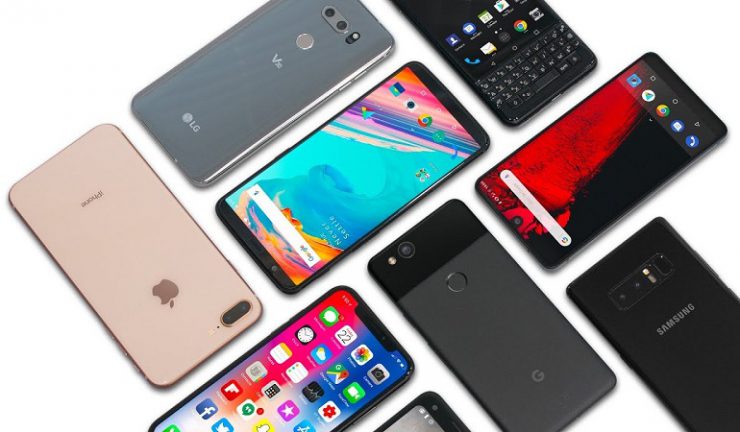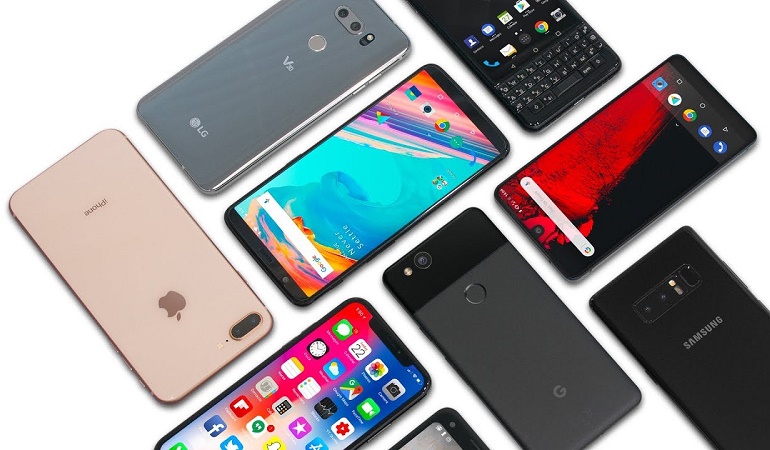In Q1 2019.
Global sales of smartphones declined 2.7% in the first quarter of 2019, totaling 373 million units, according to Gartner. Despite its near-absence from the US market, Huawei ranked number two smartphone vendor worldwide and continued to reduce the gap with Samsung.
Gartner senior research director, Anshul Gupta said, “Demand for premium smartphones remained lower than for basic smartphones, which affected brands such as Samsung and Apple that have significant stakes in high-end smartphones.
“In addition, demand for utility smartphones declined as the rate of upgrading from feature phones to smartphones has slowed, given that 4G feature phones give users great advantages at a lower cost.”
Slowing innovation in flagship smartphones and rising prices continued to extend replacement cycles. The two countries that sell the most smartphones, namely the US and China, saw sales decline by 15.8% and 3.2%, respectively, in the first quarter of 2019.
In the first quarter of 2019, Samsung retained the top spot in worldwide smartphone sales achieving 19.2% market share. Huawei achieved the highest year-over-year growth among the world’s top five, growing 44.5% and smartphone sales totaling 58.4 million units.

“Huawei did particularly well in two of its biggest regions, Europe and Greater China, where its smartphone sales grew by 69% and 33%, respectively,” Gupta said.
“Unavailability of Google apps and services on Huawei smartphones, if implemented, will upset Huawei’s international smartphone business which is almost half of its worldwide phone business. Not the least it brings apprehension among buyers, limiting Huawei’s growth in the near term.”
Despite a decline in its smartphone sales of 8.8% in the first quarter of 2019, Samsung remained the number one smartphone vendor worldwide.
“Samsung launched its flagship Galaxy S10 smartphone portfolio, which received a good response. However, its impact was limited as Samsung only started shipping the S10 at the end of the first quarter,” he said.
“Samsung also strengthened its mid-tier and entry-tier smartphone ranges with a refreshed A series and J series and the newly introduced M series, but aggressive competition from Chinese manufacturers limited their impact.”
Sales of Apple iPhones totaled 44.6 million units in the first quarter of 2019, a decline of 17.6% year over year. “The price cut for iPhones across markets helped drive up demand but wasn’t enough to restore growth in the first quarter. Apple is facing longer replacement cycles as users struggle to see enough value benefits to justify replacing existing iPhones.”

